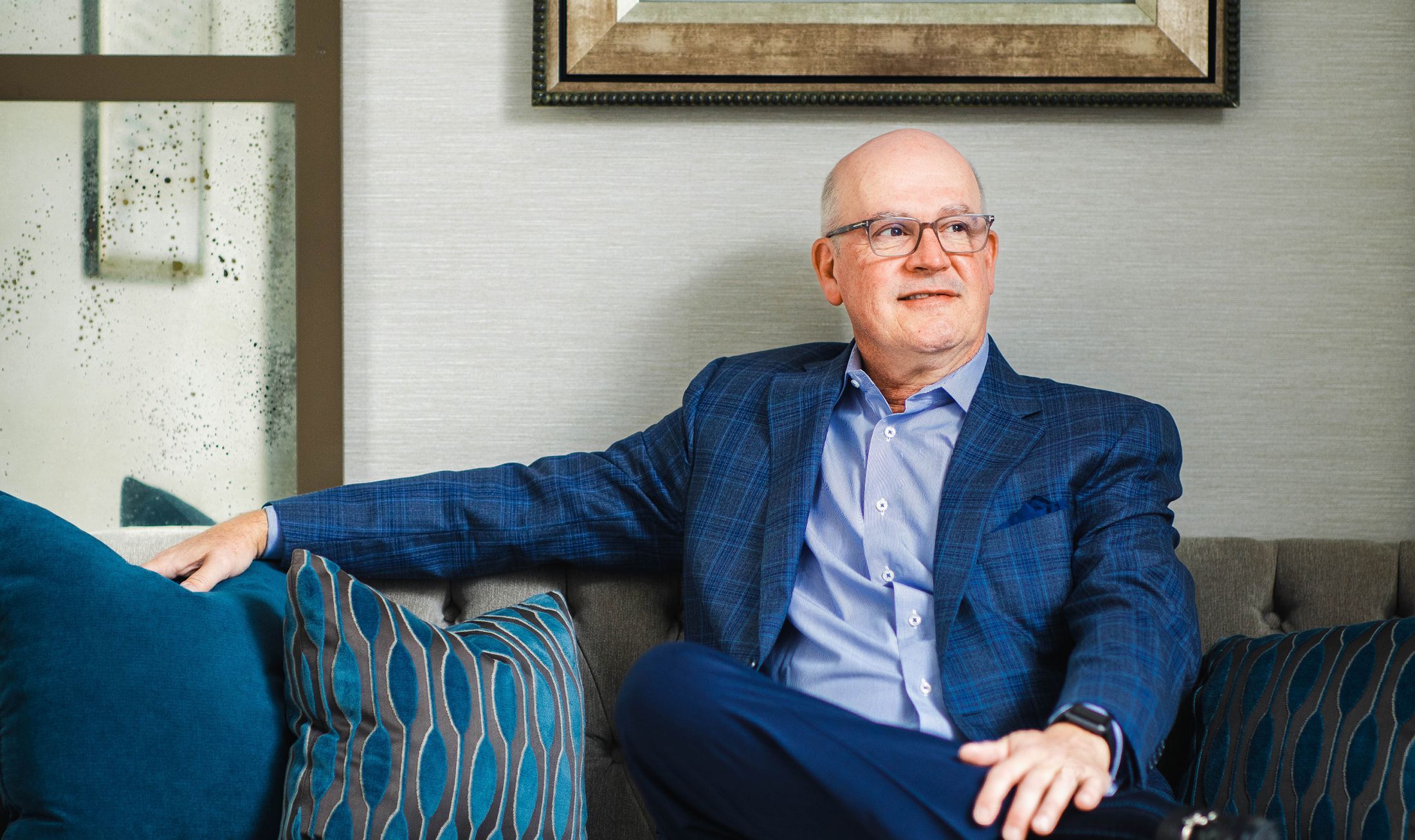Facial Fat Transfer in Houston, TX

As you age, your face will lose volume and develop sagginess. To avoid looking older than you are and to restore the youthful fullness you once had, you may want to consider a facial fat transfer. By using your body’s own harvested fat, this plastic surgery procedure delivers stunning results while eliminating the risks associated with synthetic fillers or implants.
Dr. Leo Lapuerta has been providing fat transfer and facelift services for his patients for more than 30 years. As a triple-board-certified plastic surgeon, he has performed more than 30,000 procedures to help patients look their best. If you are considering a facial fat transfer, schedule a free consultation to find out how Dr. Lapuerta can help you.
“Wow.... I love Dr. Lapuerta. He is never in a hurry and always listens to me. His staff is also awesome! I look forward to my appointments.”
Review from C.M. | Source: Google | May 16, 2017 Plastic Surgery Patient
Also referred to as fat transfer or facial fat rejuvenation, a facial fat transfer is a procedure that moves fat from somewhere on your body to the facial area. It restores volume that has been lost due to aging and can also fix issues like scarring. One of the reasons that patients like this procedure is because it addresses two problems at once by removing excess fat from a problem area and improving another area that needs more plumpness.
A doctor will often recommend a facial fat transfer for lips as well as under the eyes. It can be used to add volume to the cheeks and around the folds between the nose and corners of the mouth. The procedure often accompanies an eye lift or a facelift for the desired results.
A fat transfer for the face is completed in three steps. First, the surgeon will extract fat from another area of the body, using a needle. Then, the fat must be cleaned before the whole fat cells are injected into the target site for the final step.
Following the procedure, the doctor may prescribe pain medication to help with any discomfort. You will likely need to take it easy for a few days and can experience some swelling and bruising. The swelling should start improving in a few days and will be completely gone by four weeks post-procedure.


On the day of the surgical procedure, Dr. Lapuerta begins by using liposuction to remove harvested fat from areas like the abdomen, flanks, or thighs. This fat is then processed and purified to ensure only the healthiest fat cells are used. Using his extensive knowledge of facial anatomy, Dr. Lapuerta strategically injects the facial fat graft into targeted areas, such as the cheeks, under-eye hollows, or lips.
The entire procedure is performed in Dr. Lapuerta’s on-site, accredited surgical facility under local or general anesthesia, depending on your comfort level and treatment plan. Most procedures take between one and two hours, with patients typically returning home the same day.
Patients commonly choose facial fat transfer to address:

By using your body’s own fat cells, facial fat transfer delivers soft, subtle, and natural-looking results that enhance your appearance without the risk of allergic reactions or rejection. The autologous fat transfer technique ensures that the rejuvenation feels entirely your own, restoring lost facial volume and smoothing wrinkles in a way that looks effortlessly youthful.
Beyond its facial benefits, facial fat grafting also offers a dual advantage by slimming and contouring areas where excess fat is removed, such as the abdomen or thighs. Patients love the transformative power of this procedure because it not only rejuvenates their face but also sculpts their body. Results from the transferred fat can last for many years, making this a long-term investment in your confidence and beauty. Dr. Lapuerta’s expertise ensures that your results are beautifully tailored to your unique features.
The ideal candidate for a facial fat transfer is someone who is in good health and at their ideal weight. They want to increase volume in their cheeks and in other areas of their face while still achieving a natural look. The patient will want long-term results they can’t get with non-surgical methods like Juvederm® or other injectables. They want to get rid of fine lines and wrinkles as the treated area is plumped up to restore a more youthful look.


After the procedure, patients may experience mild swelling, bruising, or tenderness in both the donor and treatment areas. Most facial fat transfer patients return to daily activities within 7–10 days, with final results becoming visible over the next few months as the transferred fat integrates naturally into the body. Dr. Lapuerta provides personalized aftercare instructions and remains available for any questions or concerns during recovery.

Unlike with injectable dermal fillers, a facial fat transfer is a permanent treatment. The body doesn’t reabsorb the fat cells as it does with certain fillers, which allows it to continue to provide optimal results for the long term. However, weight gain or loss can impact how the results will appear, which is why it is best to be at your ideal weight before proceeding with this surgery.

Recovery time
Average Procedure time
Post-op Follow-up
7-10 days
1-2 Hours
First follow-up approximately 1 week after your procedure

The cost of a facial fat transfer will vary based on where you need the fat added and how much, as well as what other procedures you may be having done at the same time. It also depends on how many areas are used in acquiring the fat cells. If a fat transfer is included with a facelift, the procedure will take longer and be costlier than a fat transfer alone. Fat transfer is also more expensive than Botox® at Dr. Leo Lapuerta’s clinic, but the results are more permanent. Once you schedule a consultation with Dr. Lapuerta to discuss your goals and options, he will provide an estimate for the cost of the procedure.
The liposuction and fat grafting incisions are very small and heal well with virtually imperceptible scarring.
Significant weight loss or gain can affect your results, as the facial fat may shrink or expand. Maintaining a stable weight is important.
Absolutely. Many patients combine facial fat grafting with facelifts, blepharoplasty, or non-invasive treatments for comprehensive facial rejuvenation.
Anesthesia administered by a highly qualified anesthesiologist ensures comfort during the procedure. Discomfort during recovery is typically mild and manageable.
Most patients resume regular activities within 7–10 days, with swelling subsiding within a few weeks.
Only a small amount of fat is required, typically harvested from areas like the abdomen, thighs, or flanks.